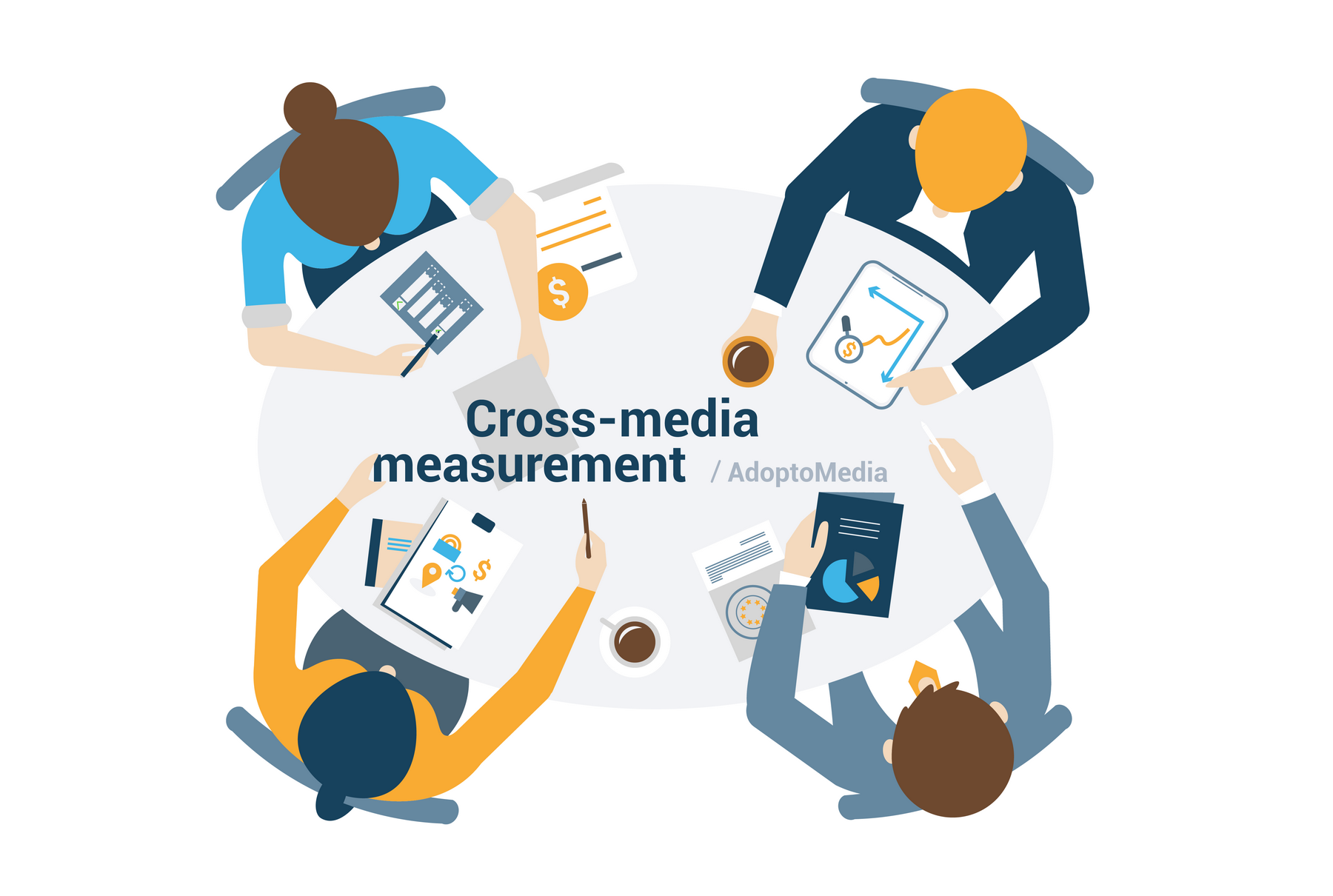Adapting MMM models to COVID-related changes
Evaluating media budget effectiveness and finding optimal media mix has always been an important and difficult task, and it’s even more so in the current situation during the COVID-19 outbreak. In this article we will discuss Facebook and experts’ advice on adjusting marketing mix models to the situation on the market and explain how our solution can be useful to marketers today. We are trying to keep you updated on all marketing measurement trends, that’s why we prepared an article on the use of measurement tools after the phase-out of cookies and IDFA. Get ready to privacy changes and apply solutions that won’t be affected by the new conditions. See how MMM, MTA, brand studies and other approaches are going to function without third-party cookies. Marketing budget allocation is a very important strategic process. And making the right decision is especially difficult when game-changing situations like the COVID-19 outbreak happen. Today it’s necessary to invest in channels that will bring measurable results. Marketing Mix Modelling is a well-tried, reliable tool that has been helping marketers to make well-informed strategic decisions and measure the effectiveness of advertising campaigns. In a previous article we said that modern MMM solutions meeting advertisers’ requirements… Read more »










